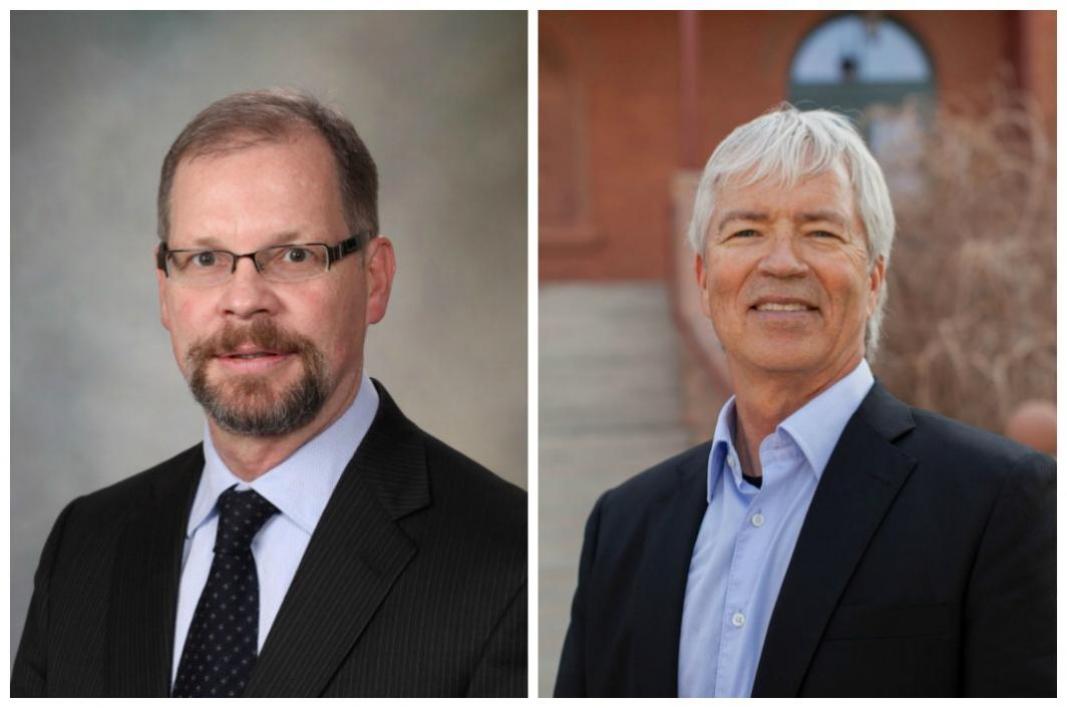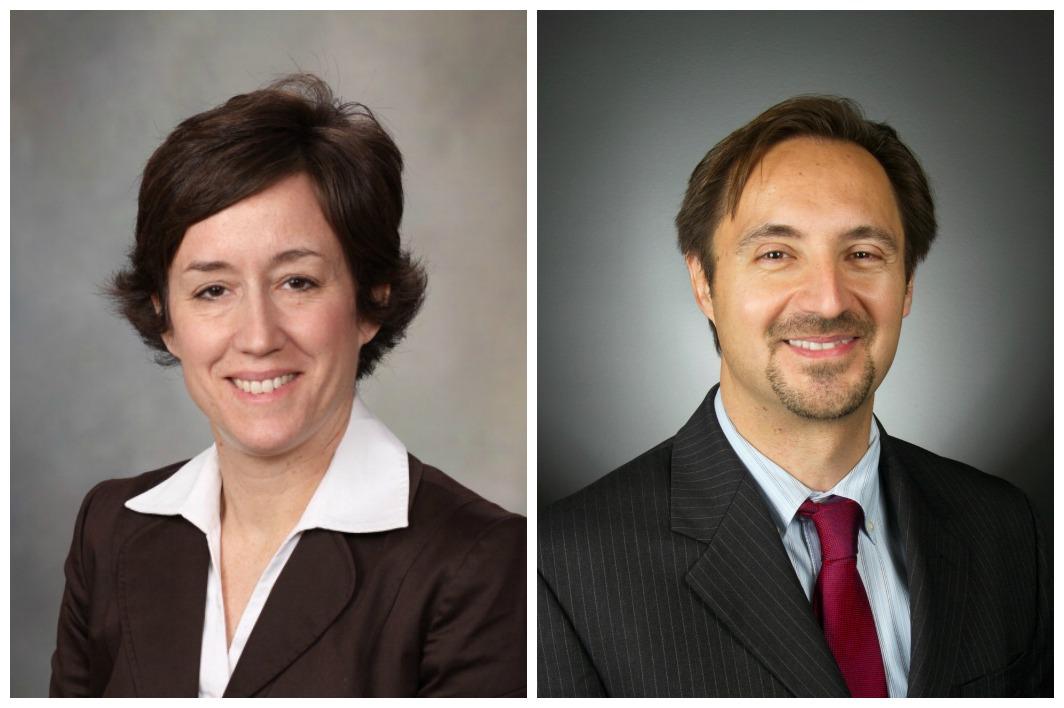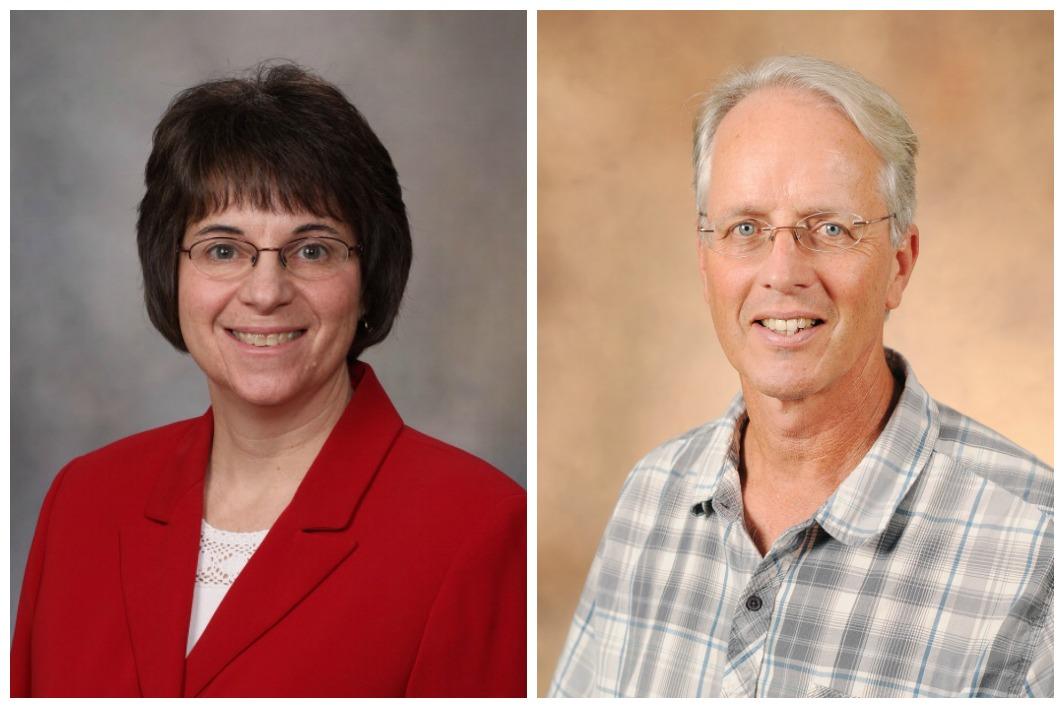Arizona State University has partnered with the Mayo Clinic to form three collaborative teams of research scientists and clinicians that will offer innovative solutions for a multitude of patients.
The two institutions have pledged $2.7 million in new “Team Science” grants to fund biomedical sensing, functional restoration and biomedical informatics themed projects. Each will be co-principled by one Mayo Clinic and one ASU researcher.
“This uniquely collaborative approach to medical science capitalizes on the clinical and technological strengths of Mayo Clinic and the broad range of engineering expertise at Arizona State University,” said Gregory Gores, executive dean for research at Mayo Clinic. “We are pleased to support multidisciplinary teams with rich expertise, working synergistically to transform scientific discoveries into critical technological advances to address unmet needs of patients.”
Kristin Zhao of the Mayo Clinic and Marco Santello of ASU head a multidisciplinary approach to improve sensory feedback of upper limb prosthetics that will enhance motor control and allow for tactile sensation.
ASU’s William Graves and Mayo Clinic’s Cynthia McCollough are also pairing with Massachusetts General Hospital and Harvard Medical school to research a compact, alternative method of X-ray phase-contrast imaging (XPCI) that will make medical XPCI clinically possible.
Finally, Gregory Worrell of the Mayo Clinic joins Gregory Raupp of ASU to develop a flexible sensor platform for electrophysiology mapping of normal and epileptic brain tissue that will allow surgeons to visualize abnormalities and remove afflicted tissue.
“ASU and Mayo Clinic are redesigning conventional approaches and proposing novel solutions to enhance patient care, education and research focused on better health outcomes,” said Sethuraman Panchanathan, executive vice president of Knowledge Enterprise Development and chief research officer at ASU. “Investing in this year’s Team Science awardees helps us recognize the transformative efforts of brilliant researchers from both organizations.”
More Science and technology

Hack like you 'meme' it
What do pepperoni pizza, cat memes and an online dojo have in common?It turns out, these are all essential elements of a great…

ASU professor breeds new tomato variety, the 'Desert Dew'
In an era defined by climate volatility and resource scarcity, researchers are developing crops that can survive — and thrive —…

Science meets play: ASU researcher makes developmental science hands-on for families
On a Friday morning at the Edna Vihel Arts Center in Tempe, toddlers dip paint brushes into bright colors, decorating paper…





